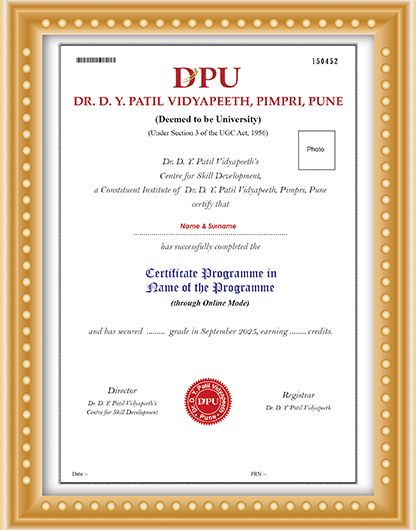
The "Hire to Retire" concept in Human Resources (HR) refers to the complete lifecycle of an employee within an organization, from the initial hiring process to their eventual retirement. This end-to-end process encompasses all HR activities involved in recruiting, onboarding, developing, managing, and eventually offboarding employees.
 Human Capital Management: A Strategic Partnership Approach
Human Capital Management: A Strategic Partnership Approach
 Strategic HR: The Complete Employee Lifecycle
Strategic HR: The Complete Employee Lifecycle
 Building a High-Performing Workforce
Building a High-Performing Workforce
 Strategic Human Capital Management
Strategic Human Capital Management
 HRBP Skills and Competencies
HRBP Skills and Competencies
The "Hire to Retire" professional certificate course is tailored for HR professionals, talent managers, business leaders, and consultants who seek to master the full spectrum of employee lifecycle management. Whether you're currently in HR, leading teams, or aiming to enter the field, this course provides the strategic skills necessary to oversee every stage of the employee journey, from recruitment to retirement. It’s also ideal for consultants looking to deepen their understanding and better support their clients.
This course empowers you to enhance your expertise in managing the complete employee experience within any organization.
Graduate
Hire to Retire processes and HR management systems are expected to grow significantly by 2030, driven by the increasing emphasis on employee experience, digital transformation, and strategic workforce management. Experts predict that the market for HR technology, including Hire to Retire solutions, could grow by 8-10% annually, leading to a substantial overall increase by 2030.
Manages various HR functions, including recruitment, employee relations, benefits administration, and compliance with employment laws.
Focuses on sourcing, attracting, and hiring top talent to meet the organization’s staffing needs.
Handles employee relations issues, resolves workplace conflicts, and ensures a positive work environment in compliance with company policies.
Oversees the day-to-day HR operations, ensuring efficient processes in payroll, benefits administration, and HR systems management.
Advises employees on retirement options, assists in creating retirement plans, and ensures compliance with relevant regulations and policies.
Ans : The "Hire to Retire" course is a comprehensive program designed to equip HR professionals, managers, and business leaders with the skills needed to manage the entire employee lifecycle, from recruitment to retirement.
Ans : Yes, the "Hire to Retire" professional certificate course is available online, allowing you to learn at your own pace and from anywhere in the world.
Ans : Yes, upon successful completion of the course, you will receive a professional certificate that you can showcase to enhance your career opportunities.
Ans : The course will provide you with strategic HR skills, enhance your ability to manage the employee lifecycle, and open up career opportunities in HR management, talent acquisition, and other related fields.

Taught by experienced HR professionals

Practical insights and real-world applications

Online and on-campus options available

Recognized certification upon completion

| Marks | Letter Grade | Description | Grade Point |
|---|---|---|---|
| 90 to 100 | O | Outstanding | 10 |
| 80 to 89 | A+ | Excellent | 9 |
| 70 to 79 | A | Very Good | 8 |
| 60 to 69 | B+ | Good | 7 |
| 50 to 59 | B | Above Average | 6 |
| 45 to 49 | C | Average | 5 |
| 40 to 44 | P | Pass | 4 |
| 00 to 39 | F | Fail | 0 |
| AB | AB | Absent | 0 |
Marks obtained by a student will be converted into grades at the time of result declaration.

Lakshamana
Lakshmana is an enthusiastic HR professional with 15+ years of industry experience in various sectors.
View More